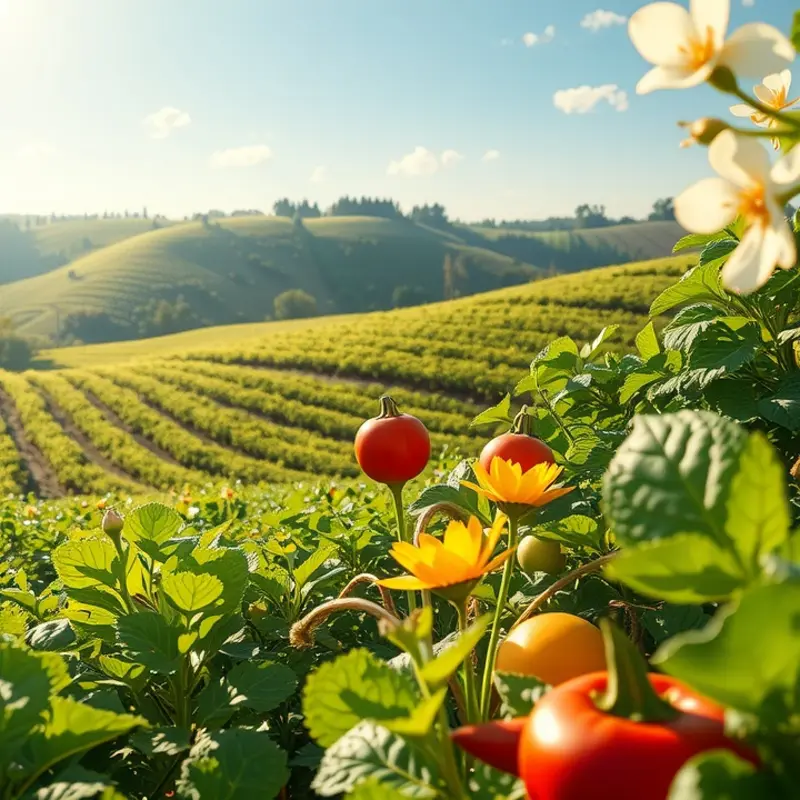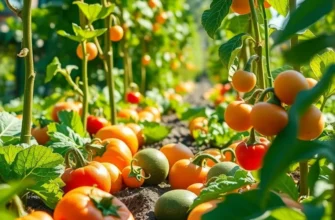Traditional hunting foods reflect the cultural heritage and culinary ingenuity of societies worldwide. These dishes, shaped by geography and availability, embody the spirit of communities that have thrived through hunting, gathering, and preparing nature’s bounty. Delve into the varieties of hunting cuisines and their significance in respecting cultural traditions while celebrating the flavors that connect us to our ancestors.
The Art of Game Preparation: Culinary Traditions from Africa

Across the sprawling landscapes of Africa, hunting transcends mere sustenance; it is a vibrant cultural tapestry. Integral to the identity of numerous communities, hunting is both a necessity and a tradition deeply rooted in the fabric of life. From the rainforests to the savannahs, indigenous groups have mastered the preparation of game, each method reflecting a unique connection to their environment and heritage.
In Southern Africa, biltong stands as an iconic culinary tradition that dates back centuries. Made by curing strips of venison, beef, or game meats with salt and spices, biltong is not just a snack but a testament to the ingenuity of African food preservation. Preparation begins with hand-selected cuts of meat, emphasizing respect for the animal. Seasoned with coriander, salt, and vinegar, the strips are left to hang, drying naturally under the sun’s heat. This method not only prolongs the meat’s shelf life but also intensifies its flavors, turning it into a cherished delicacy.
Heading north to the Maghreb region, the aromatic tagine reveals a slower, meditative approach to game preparation. Originating from Berber culinary traditions, the tagine utilizes a conical clay pot to slow-cook meats gently, infusing them with a fusion of spices endemic to the region. Ingredients like wild rabbit or pigeon may be combined with apricots, almonds, and a blend of regional spices like cumin and saffron. This cooking method not only tenderizes the meat but also marries the flavors into a harmonious dish that is central to communal dining experiences.
Hunting in Africa is a unifying force; it’s about gathering, sharing, and connecting over meals. Many African communities hold communal feasts where game foods play a central role. Such gatherings are not solely about consumption but are profoundly spiritual, celebrating life and kinship. Rituals involving storytelling around the fire often accompany game feasts, with each narrative weaving in elements of history, ancestry, and the spiritual importance of respecting nature’s bounty.
The spiritual aspect of hunting and game preparation is particularly profound. In many cultures, rituals to honor the spirit of the hunted animal are common. Some communities believe that performing such rites ensures success in future hunts and maintains the natural balance.
For those curious about exploring culinary influences from across the globe, understanding these traditions opens a window into the ethos of African culinary arts. It is not just the methods that are passed down through generations but the values and stories that imbue each dish with life. The preservation of these cooking practices highlights the resilience and adaptability of cultures facing modern challenges, reminding us of the deep connections between food, identity, and sustenance.
For more insights into how global influences shape culinary practices, consider exploring culinary influences through trade, illustrating how regional dishes are part of a larger conversation across cultures.
From Sea to Plate: Coastal Hunting and Fishing Traditions

Coastal regions worldwide boast rich traditions that extend hunting beyond land, capturing the ocean’s bounty. The Pacific Northwest, with its vast stretches of coastline, is renowned for its smoked salmon. A staple among indigenous communities, smoking salmon not only preserves the fish but also enhances its flavor, creating a delicacy that’s both revered and culturally significant. This method intertwines with the seasonal cycles of salmon runs, marking the passage of time and ensuring sustenance through harsh winters.
In Norway, the salty air of the fjords is mirrored in their traditional preserved fish. Salted fish, particularly cod, forms the cornerstone of Norwegian cuisine. This method, dating back to the Viking era, showcases a deep understanding of preservation techniques crucial for survival in the icy Nordic climate. Salted fish is more than just a meal; it’s a symbol of resilience and adaptation, underscoring a profound connection between the people and their environment.
In Japan, the cultural landscape is shaped by the intricate art of preparing raw seafood, or sashimi. This delicacy reflects a tradition of fishing that respects precision, patience, and the utmost freshness. From saltwater to freshwater fish, the selection of ingredients is meticulous, ensuring the flavors celebrate rather than overwhelm the natural taste of the sea. This practice fosters a community centered around shared meals, picky techniques, and generational knowledge.
These traditions highlight how coastal hunting and fishing are not merely subsistence activities but pivotal community ventures. In every catch and every meal, there is a story—a testament to heritage, survival, and mutual respect for nature. Each method of preparation, whether smoking, salting, or serving raw, is a narrative thread in the broader tapestry of cultural identity. The communal nature of these practices fosters ties that bind families and neighbors, creating networks of support and shared prosperity.
Preservation of these traditions is vital for sustaining local economies and maintaining ecological balance. They serve as a blueprint for sustainable practices that modern societies can emulate. For those interested in seafood preparation, this guide to speedy seafood prep offers insights on making the most of oceanic offerings while respecting time-honored methods.
Through each sumptuous bite and aromatic whiff, coastal hunting and fishing traditions give voice to the oceans’ narrative—a tale of life, culture, and unbroken lineage. These culinary practices remind us of our constant bond with the vast waters, urging us to remember and honor the rhythms of the sea.
Final words
The exploration of traditional hunting foods takes us on a culinary journey through diverse cultures, emphasizing their deep-rooted connections to the land and community. From the arid savannahs of Africa to the thriving coasts of the Pacific, these dishes reveal stories of survival, resilience, and heritage. Understanding these unique culinary practices fosters appreciation for the rich tapestry of global traditions and the vital role that hunting has played in sustaining cultures. By embracing these foods, we honor the history that has shaped our culinary landscape and continue to celebrate the bonds they create within our communities.








